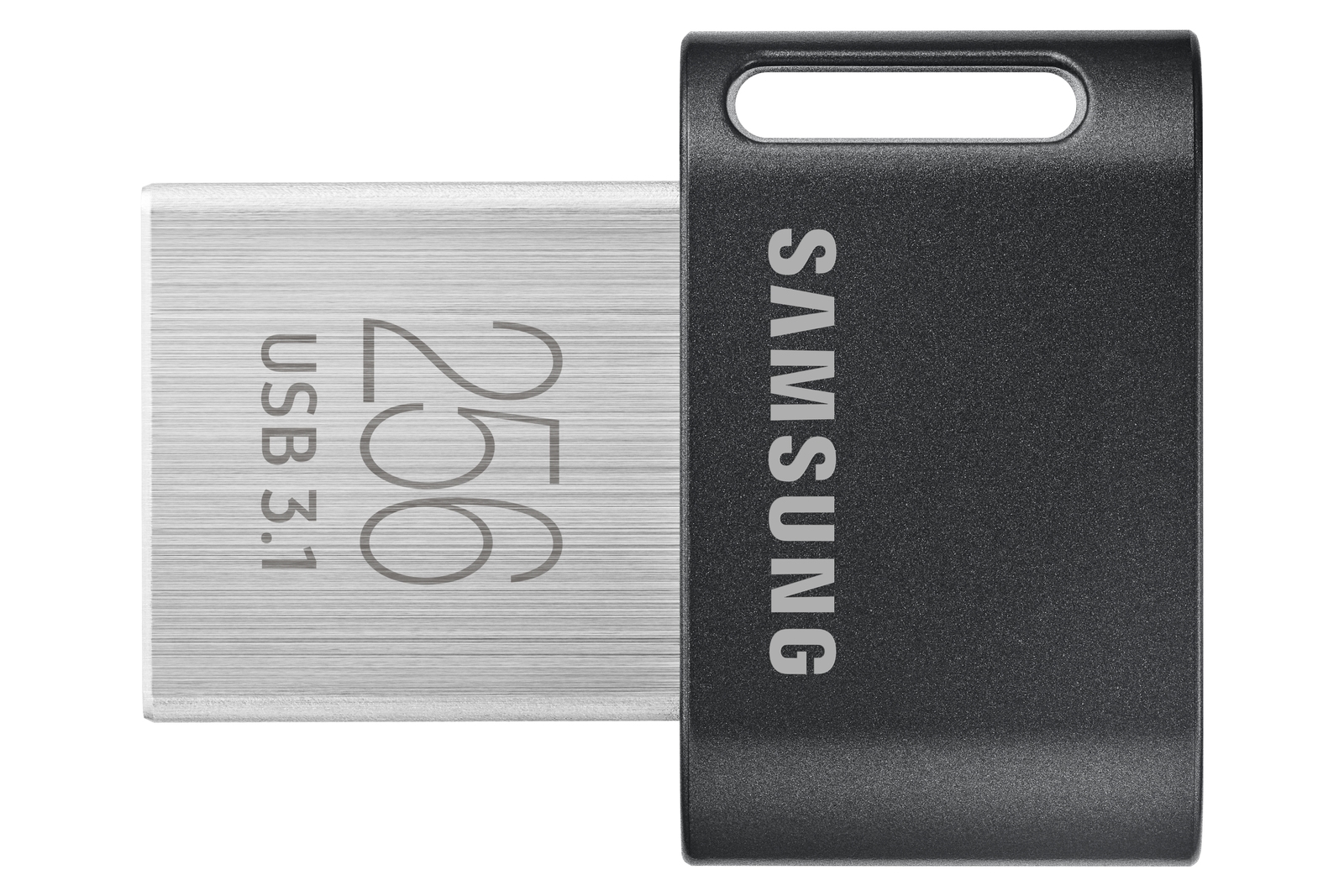stopcrazypp
Well-Known Member
Used to be you had to use FAT32 (because exFAT was still under license restrictions) and windows refuses to format a partition larger than 32GB in gui. With exFAT, that doesn't really apply.Why not just use the Windows built in tool?
Press “Windows +R” and enter “diskmgmt.msc”,you will see all the disks in your computer.
you can partition from there.
Find the drive want on the lower part of the screen
right click then click Delete volume
Then right click it again then click New Simple volume
then follow the steps and create a partition the size you want, then repeat it again in the used portion for the balance.
then format
Or am I missing a reason to use a special software?



